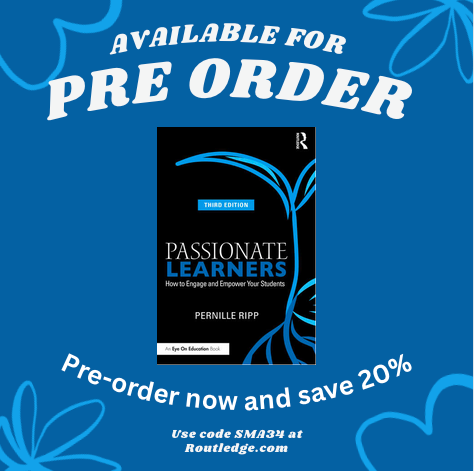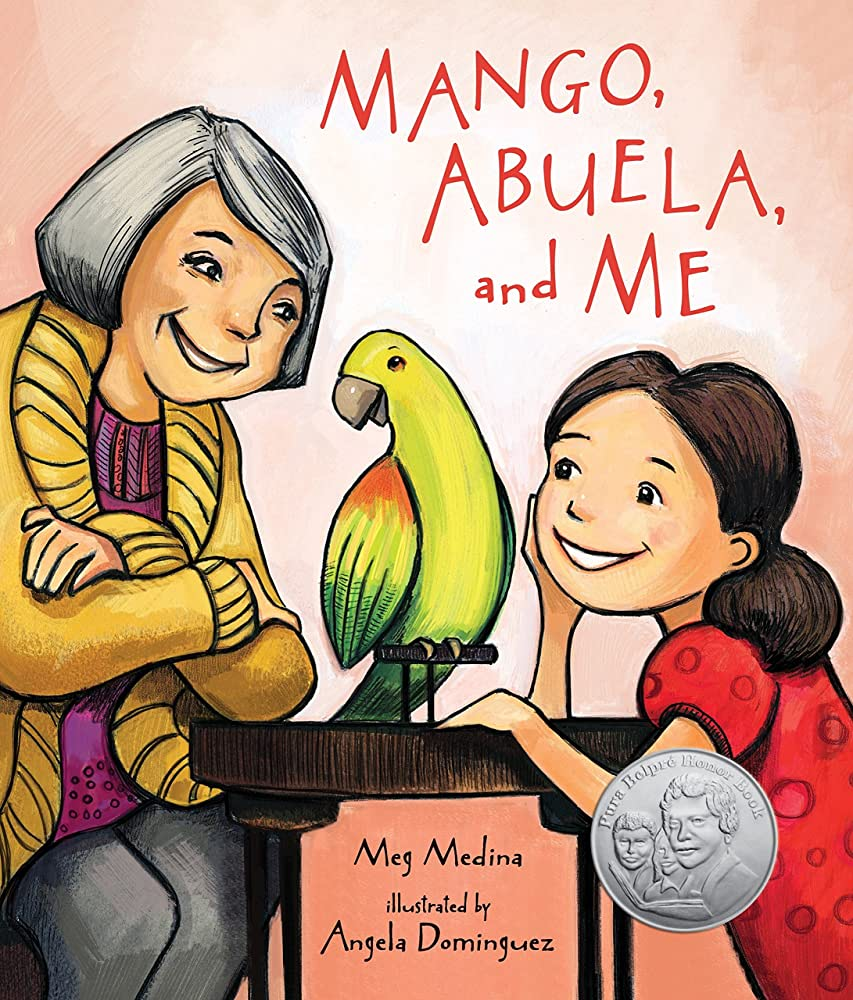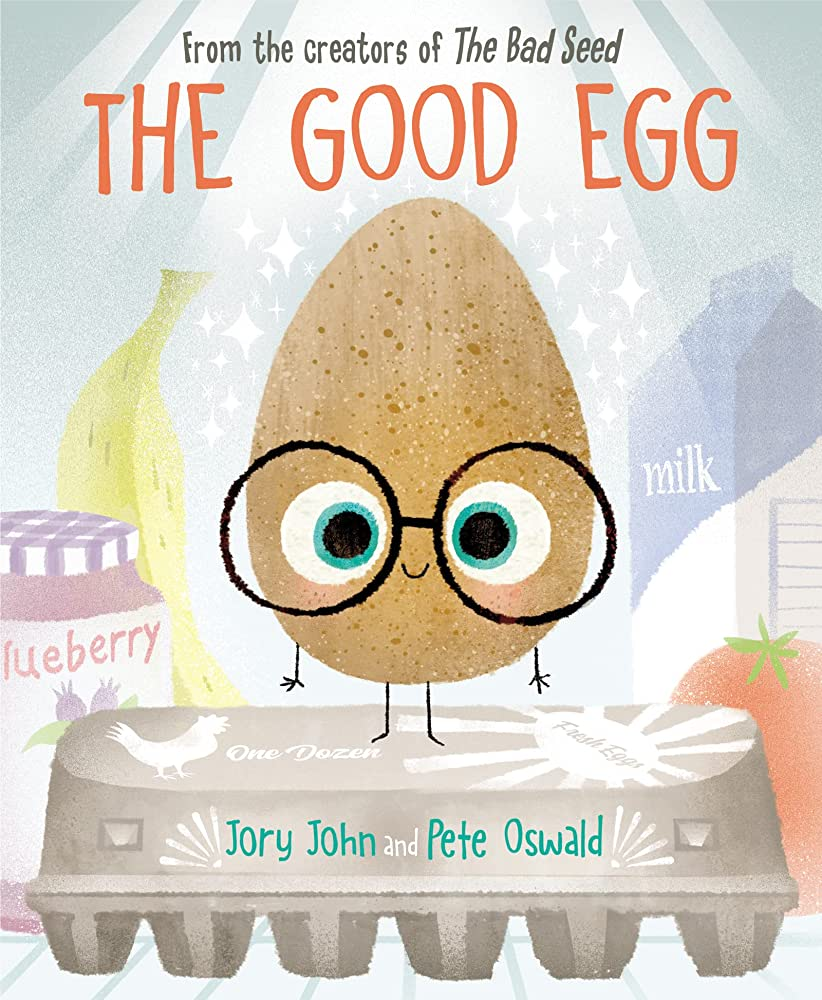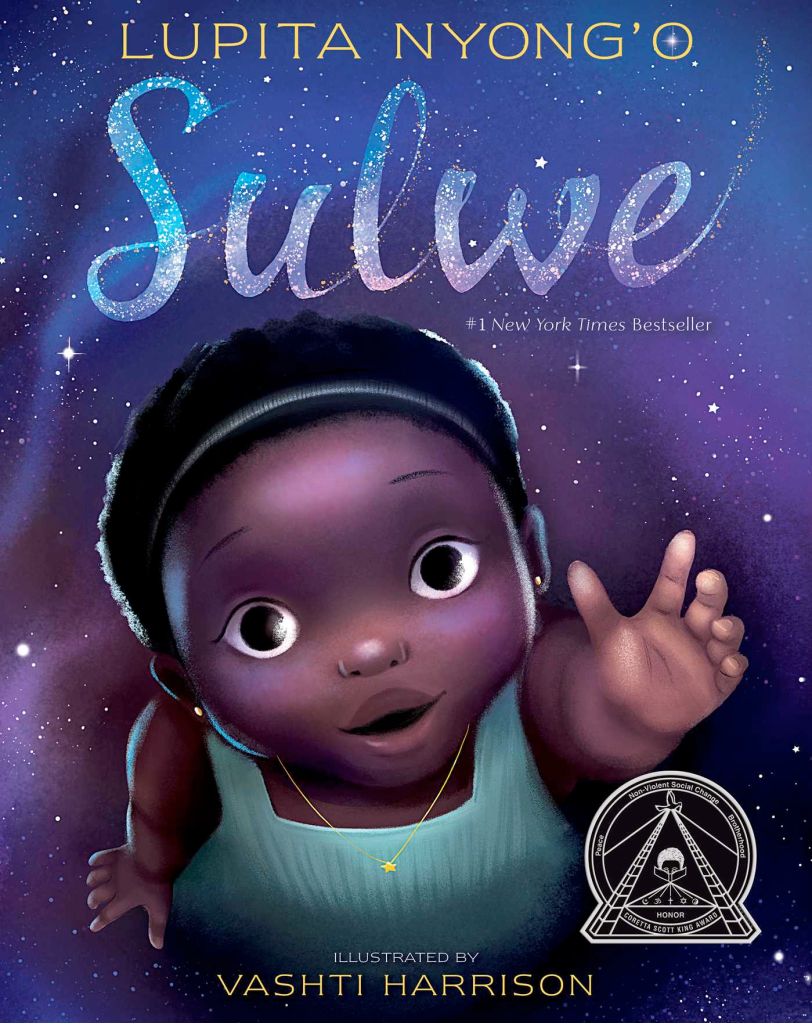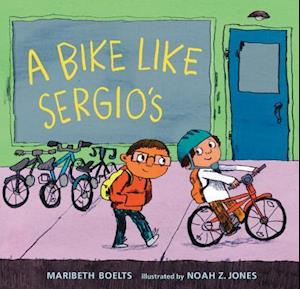I never thought I would step out of the classroom as a teacher. There was no vision of my future that didn’t have me being a teacher, yet taking a break from physically teaching and working in marketing as a brand writer has been an incredible experience. Not only am I now 100% certain that I want to get back in the classroom, but I have also gotten to test so many of the writing strategies I have taught students throughout the years, expanded my own knowledge of the corporate tech world, and had to push myself way beyond my comfort zone. Starting over in a career at 42 is not for the fainthearted.
But this was something I would have never done had it not been for how awful I felt last school year. I needed to become something else in order to preserve what I was.

But still, seeing ourselves through the many roles we play means we often get stuck in the self-consistency fallacy – the belief that our past choices and behaviors must dictate our future. Just as watching the same play with the same actors repeating the same lines would grow tiresome, sticking rigidly to who we think we are can hinder personal and academic growth.
And so it made me think, of course, about the very kids in our care who only see themselves as one thing – a kid who doesn’t read, someone who is bad a math, someone where school doesn’t work. But they can be so much more. As educators, we know it is vital to help students realize that they have the power to change not only their academic trajectory but also their identities and passions. And we tell kids this all the time, often to very deaf ears. After all, it is easy to tell someone that they can be whoever they want to be, but often we have no way of knowing how to change.This is where teaching them about the self-consistency fallacy can help.

The self-consistency fallacy, also known as the continuation bias, path dependence, or battle against determinism, exerts a powerful influence on our lives. It often compels us to make choices based on our past roles and interests, even when our desires and aspirations have evolved. Similarly, it can limit our relationships, health choices, and overall life direction. However, it is essential to recognize that we are not bound by our past decisions and beliefs. We are dynamic beings capable of change and growth—a verb, not a noun according to Anne-Laure Le Cunff, who recently wrote about the self-consistency fallacy which started all of my thoughts.
To help students overcome the self-consistency fallacy, we must foster an environment that encourages reflection and expansion. By posing questions, we can challenge students to let go of preconceived expectations and explore new horizons.

This also ties beautifully in with the identity work we can have students do throughout the year. A great place to start is by taking students through some or all of these questions starting with who they are now, how people see them, and how they would like to be seen. Of course, these can be modified to fit the age group you teach.
- What are some of your strengths and talents that you value about yourself?
- How do your friends and family describe you? Do you agree with their perceptions of you?
- Are there any aspects of yourself that you would like to change or improve? Why?
- How do you think others perceive your interests and passions? Is there anything you want to explore further?
- Are there any activities or hobbies you’ve been hesitant to try because of how others might see you? Why?
- How do you express your true self in different environments, such as at school, with friends, or at home?
- Do you feel comfortable expressing your thoughts and opinions openly? Why or why not?
- Are there any societal or cultural expectations that have influenced how you present yourself to others?
- Imagine the ideal version of yourself. How would you describe this person? What traits or qualities would they possess?
- What steps can you take to align your current self with the person you aspire to become?
- Are there opportunities that you have dismissed because they don’t align with your existing trajectory?
- What new paths could you explore if you were not bound by your past choices?
- If you could start from a blank slate, who would you be? What would you be interested in? How would you be known?
Asking students to consider how they are seen and whether they agree with that opinion is an important place to inspire change. Is how they are known who they want to be? Are there other parts of themselves they would like the world to know about? Are there parts they would like to not be known for?
It is crucial for students to understand that the most significant opportunities for learning and growth often emerge from unexpected tangents. Encourage students to embrace the “weird” projects that pique their curiosity, explore fun ideas that may not have apparent professional benefits, and engage in collaborations unrelated to their career aspirations. Encourage them to break free of the stereotypes that often confine them.
By venturing beyond their comfort zones, students can cultivate a diverse range of experiences that will shape their unique stories. But even more importantly, they can change their static notions of who they are.
As educators, we have the privilege of guiding students along their educational journeys. By addressing the self-consistency fallacy, we can help students realize that they possess the agency to shape their academic and personal trajectories. By encouraging reflection, asking thought-provoking questions, and embracing change, we can inspire students to explore their true passions, foster growth, and build the foundation for a fulfilling future.







PS: Are you looking for coaching, in-person support, or virtual presentations? I am available and would love to support your work. Whereas I am physically located in Denmark now, I can travel if needed. In fact, I was just in North America in February 2023 and plan on bouncing back and forth. If you would like me to be a part of your professional development, please reach out. I am here to help. For a lot more posts, resources, live and recorded professional development, please join my Patreon community where most of my sharing takes place these days.
